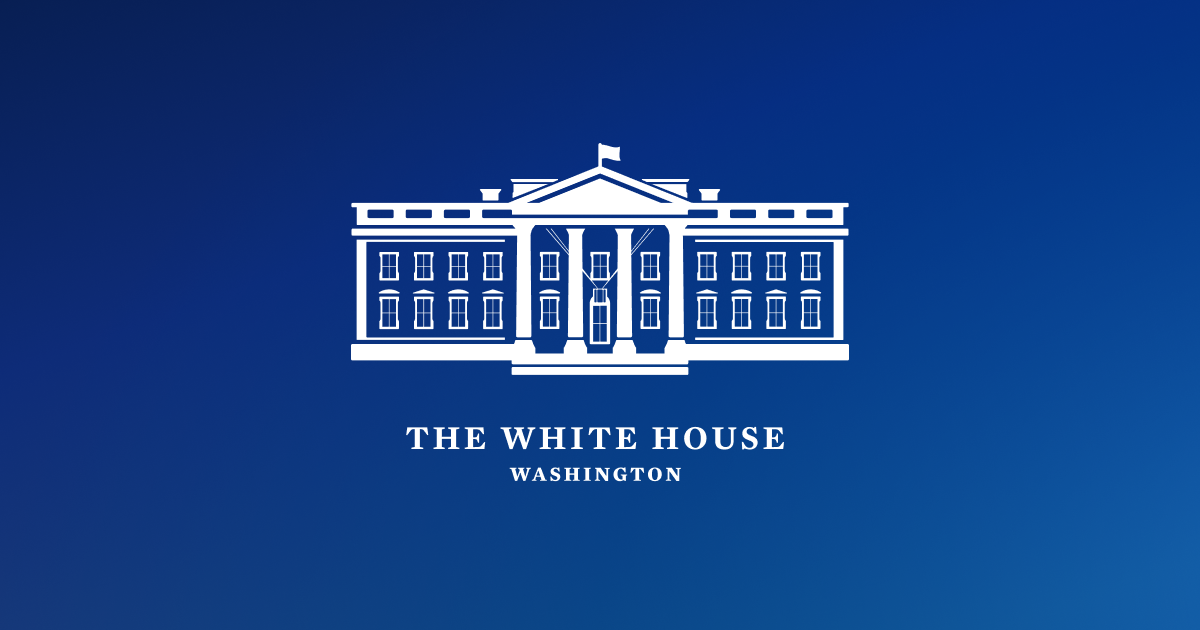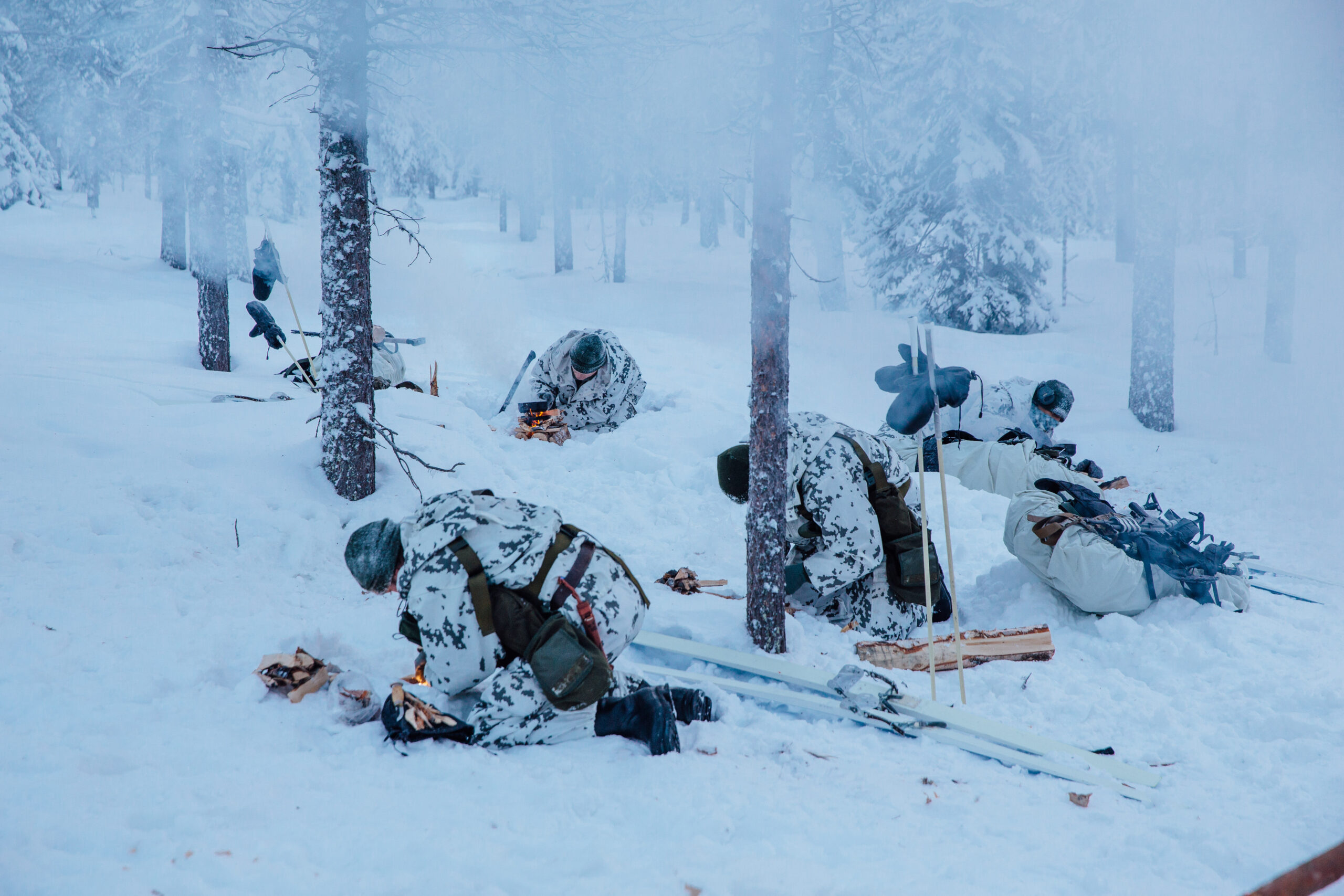Russia Doesn’t Have the Demographics for War
The 1990s collapse in birth rates still impacts Moscow’s ambitions.
By Brent Peabody, a current graduate student at the Harvard Kennedy School, where he studies energy and trans-Atlantic policy.
JANUARY 3, 2022, 12:30 PM
As Russia spent much of 2021 amassing troops on its Ukrainian border, an important headline almost escaped notice. While Russian President Vladimir Putin threatened Ukraine, Russia suffered its largest natural population decline since World War II, losing 997,000 people in the yearlong period between October 2020 and September 2021. Although coronavirus casualties in Russia were severe—and probably highly underreported—this wasn’t a one-time anomaly. Instead, it was the opening shot of a longer-term trend that will manifest in earnest over the next decade. Russia is about to enter a prolonged and painful period of demographic decline at home—complicating its expansionist ambitions abroad.
The roots of this demographic decline rest in the 1990s and the chaos wrought by Russia’s post-Soviet transition from a centrally planned economy to a capitalist, market-based one. The transition was characterized by economic turmoil, mass unemployment, and alcoholism, all of which combined to briefly give Russia one of the world’s lowest male life expectancies.. The most lasting impact, however, was the concurrent collapse in birthrates. From 1993 to 2007, the fertility rate (defined as the number of children a woman can be expected to have over the course of her lifetime) fell below 1.5, far below the 2.1 replacement rate needed to hold a population steady.
The effects of this dramatic and prolonged collapse in birthrates are now becoming apparent. A brief glance at Russia’s population pyramid illustrates this knock-on effect. There are around
12.5 million Russians between the ages of 30 and 34 who were born around or just before the collapse of the Soviet Union.
But there are around 6.5 million people between the ages of 20 and 24 who were born during the chaos of the late 1990s. This smaller base of people able to bear children means the birthrate is almost destined to decline. And that is exactly what has happened; after a brief period of natural population growth in the mid-2010s, Russia’s population once again began to
contract in 2019. It will continue to do so well into the foreseeable future.
This bleak demographic forecast became even more dire with the arrival of COVID-19. The Kremlin’s initial dismissal of COVID-19 and efforts to spread vaccine disinformation across the West appear to have backfired on its own population, resulting in a vaccination rate that ranks as one of the lowest in the developed world. Low vaccination uptake, coupled with a laissez faire approach to COVID-19 and weak health care system, have contributed to one of the world’s highest COVID-19 fatality rates. Russia’s government counts around 300,000 deaths, but a more reliable estimate from the Economist puts the figure at 1 million, giving Russia the dubious distinction of having more COVID-10 deaths per capita than any other country except Bulgaria. Russia’s recent population decline predates COVID-19, but the pandemic has done much to exacerbate it.
It is possible that immigration will make this demographic outlook less dismal. Russia has
long relied on immigration from ex-Soviet republics to compensate for natural population loss at home, and in recent years, it has
stepped up its efforts by encouraging ethnic Russians everywhere—from Ukraine to
Uruguay—to immigrate. But even here, there is limited future upside. COVID-19 has kept many would-be migrants
grounded at home. Russia’s stagnant economy has sent others searching for economic opportunities elsewhere. And most simply, many of the people likeliest to immigrate already have.
Boosting immigration (itself improbable) could mitigate Russia’s demographic decline, but it cannot stop it.
This demographic reality is perhaps the greatest limiting factor for Putin’s expansionist ambitions in Ukraine for two reasons. Any invasion of Ukraine would take a serious cost in Russian life, with Ukrainians prepared and motivated to resist Russian occupation in a way they were not when Russia annexed Crimea in 2014. Ukrainian Defense Minister Oleksii Reznikov has made this explicit, saying while Ukraine would no doubt suffer in the event of war, it would also “not mourn alone.” And most Russian casualties would be soldiers in their 20s—members of the same small generation born during the 1990s whom Russia can scarcely afford to sacrifice.
The second limiting factor relates to the West’s response to any Russian move on Ukraine. Scholars debate the utility of sanctions in changing behavior, but their economic impact has been clear. Russia’s economy is still smaller than it was in 2014, when Western sanctions in response to Crimea’s occupation helped reduce GDP by more than a quarter. And the West still has a lot more economic pain to inflict, from freezing Russia out of SWIFT (the system through which international banks make transfers) to canceling Nord Stream 2 (the pipeline delivering natural gas from Russia to Germany). These sanctions would trigger capital outflows and economic turmoil to an extent not seen since the 1990s—depressing Russia’s birthrate at the moment it most needs it to rise.
Rather than being purely a limiting factor, it’s possible to argue Russia’s weak demographic hand has made it even more dangerous. After all, Russia’s need for more people is no doubt a motivating consideration for its current aggressive posture toward Ukraine, and Putin has said the thought of a depopulated Russia haunts him most—even if the idea that Ukrainians would sign up to be good Russians is largely delusional. But Russia’s demography and the long shadow of the 1990s severely inhibit what the Kremlin can do now. Russia’s future ambitions are still weighed down by its recent past.
The 1990s collapse in birth rates still impacts Moscow’s ambitions.

foreignpolicy.com












 namia ccp:n kannatukselle. Talouskasvun pudotus sinne 5 %:n tasolle, niin Kiinan maaseutu kapinoi
namia ccp:n kannatukselle. Talouskasvun pudotus sinne 5 %:n tasolle, niin Kiinan maaseutu kapinoi 
